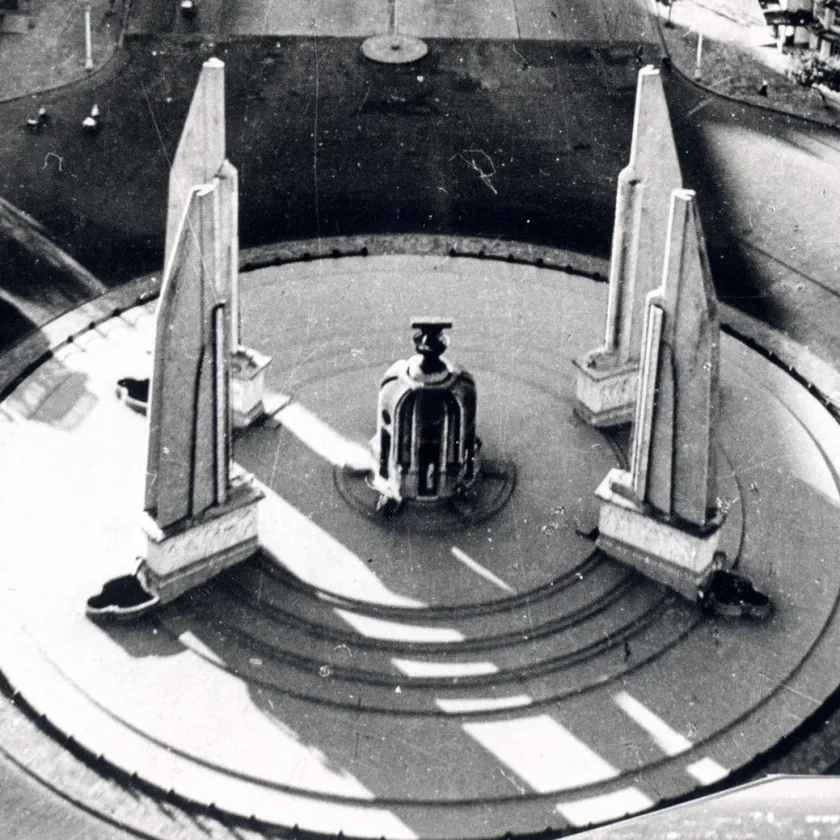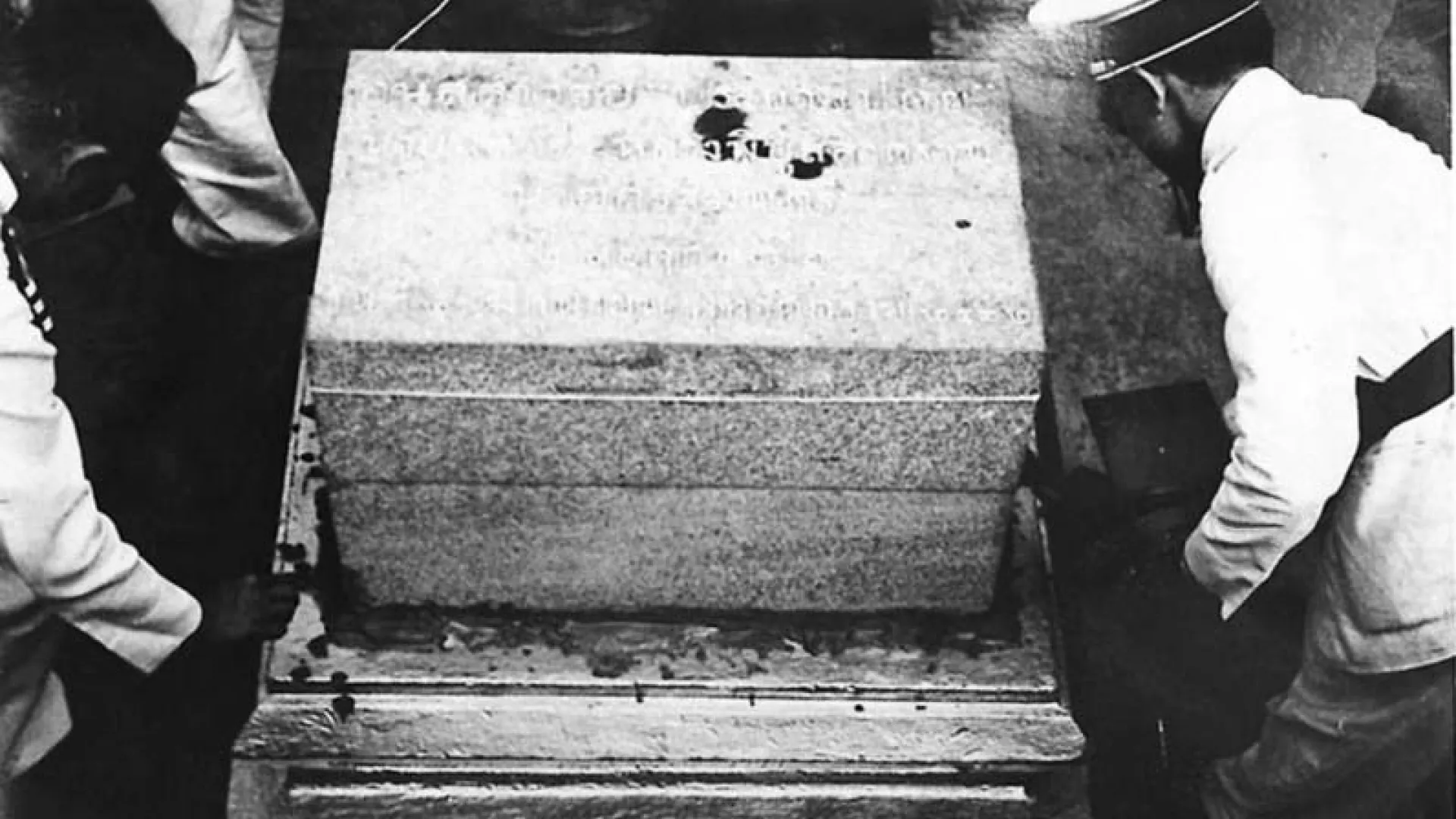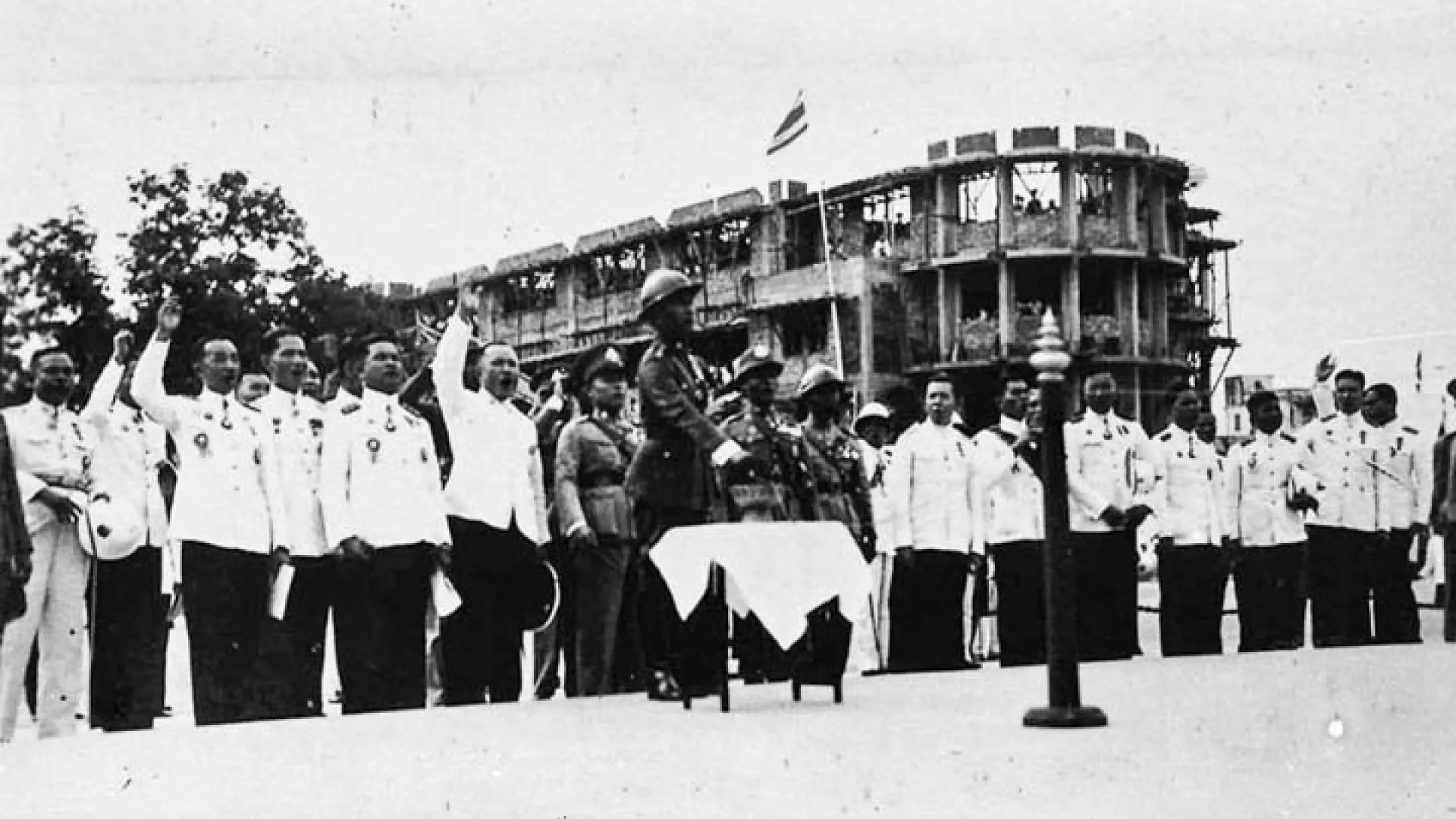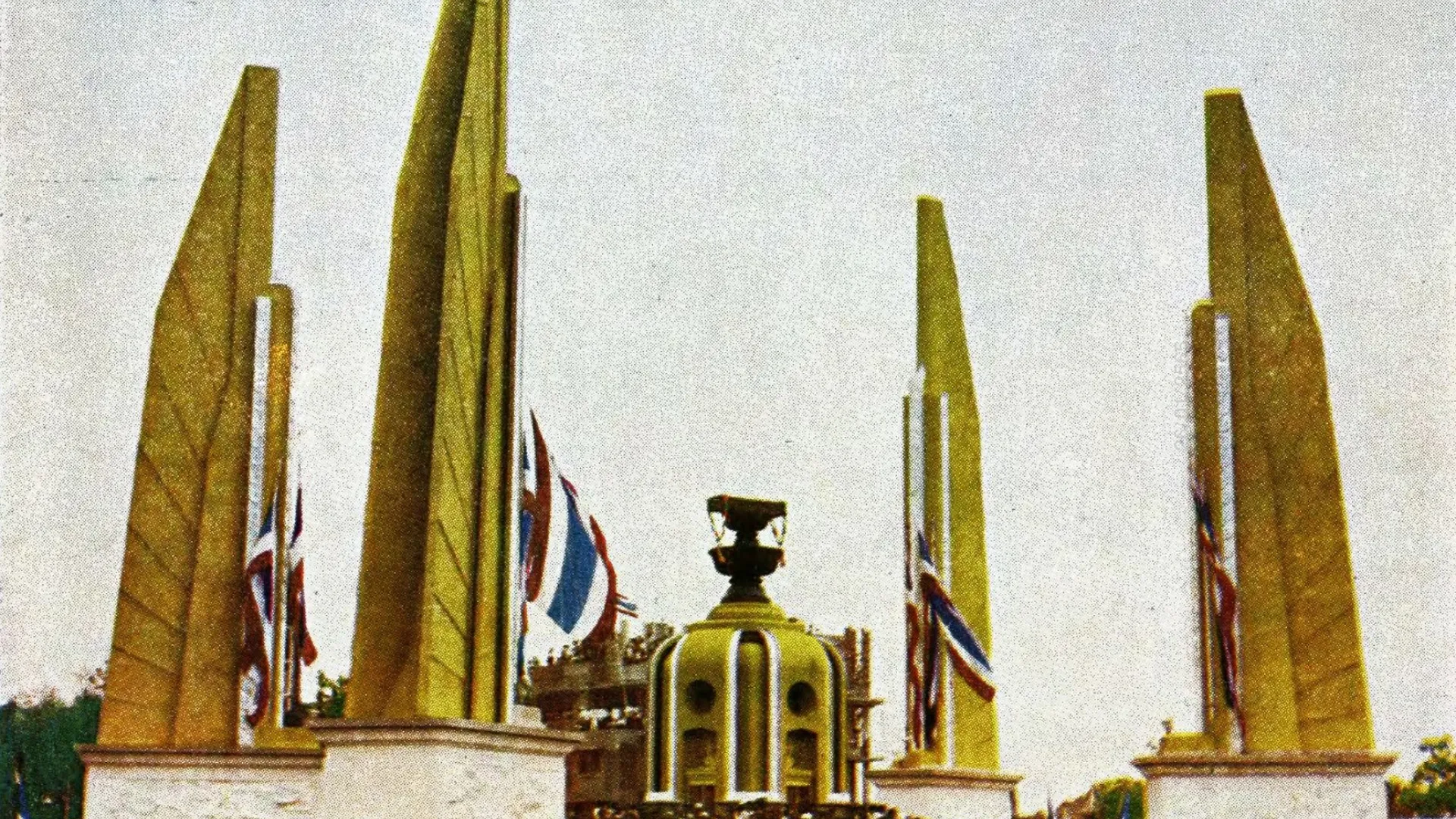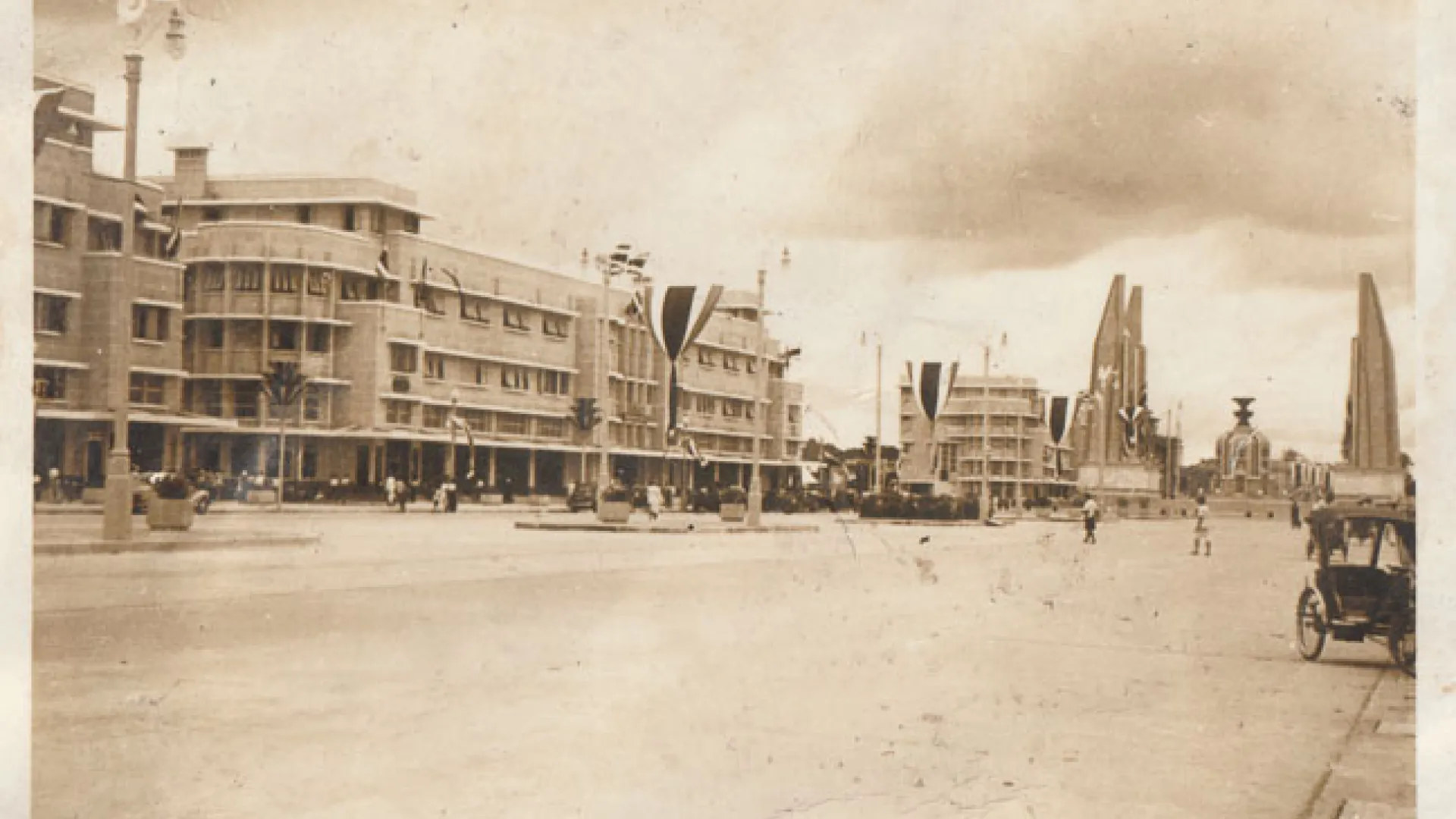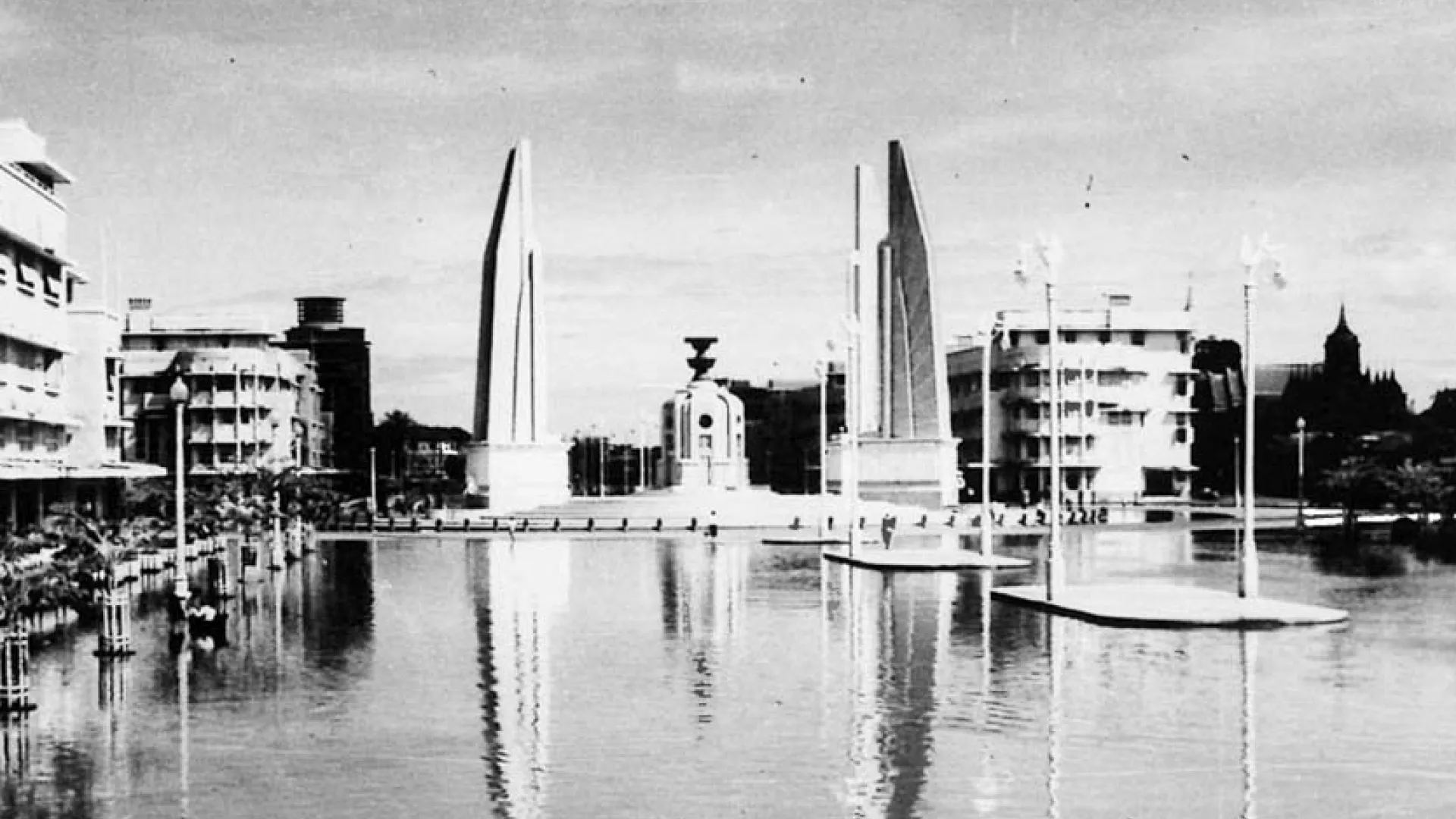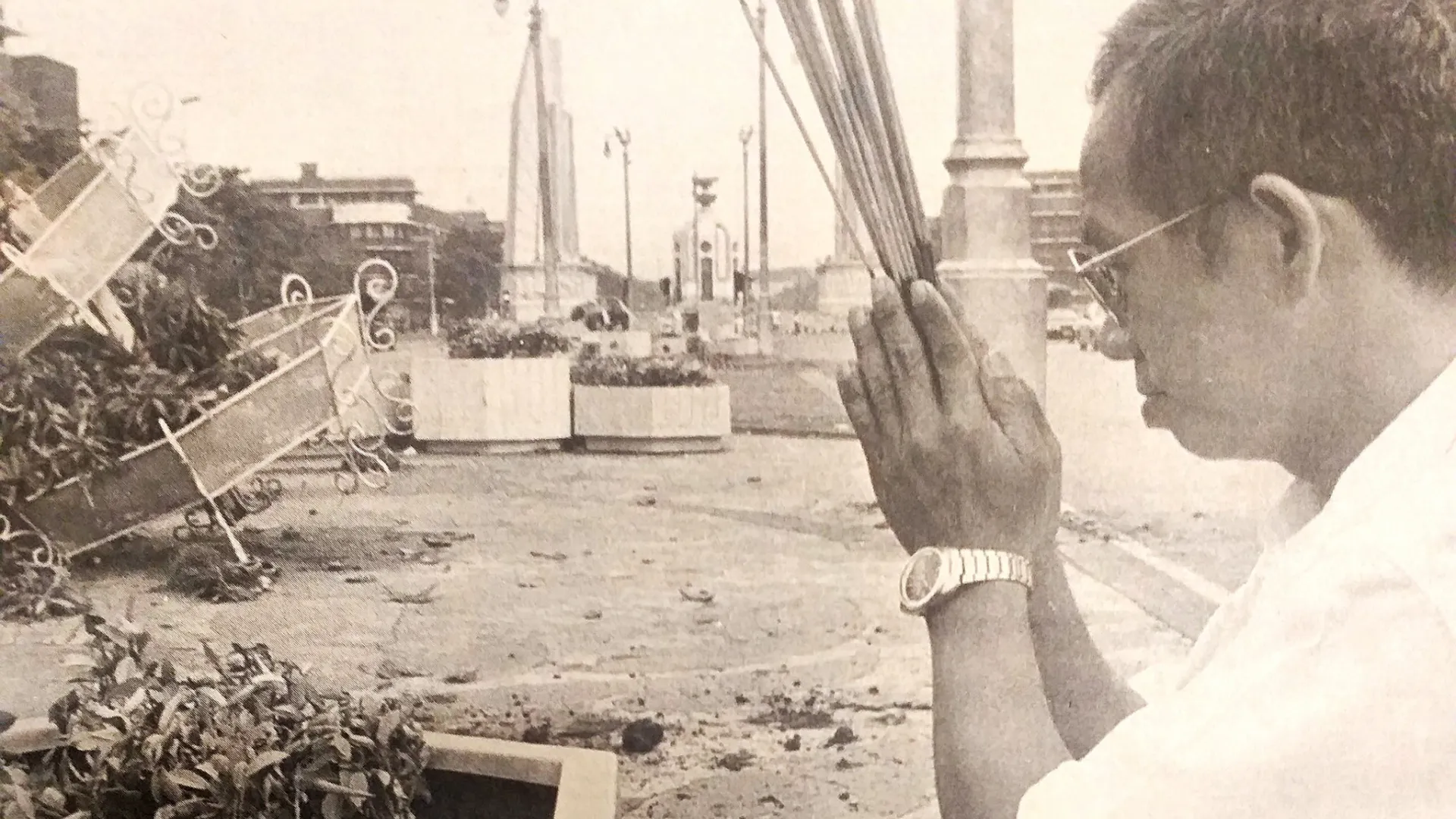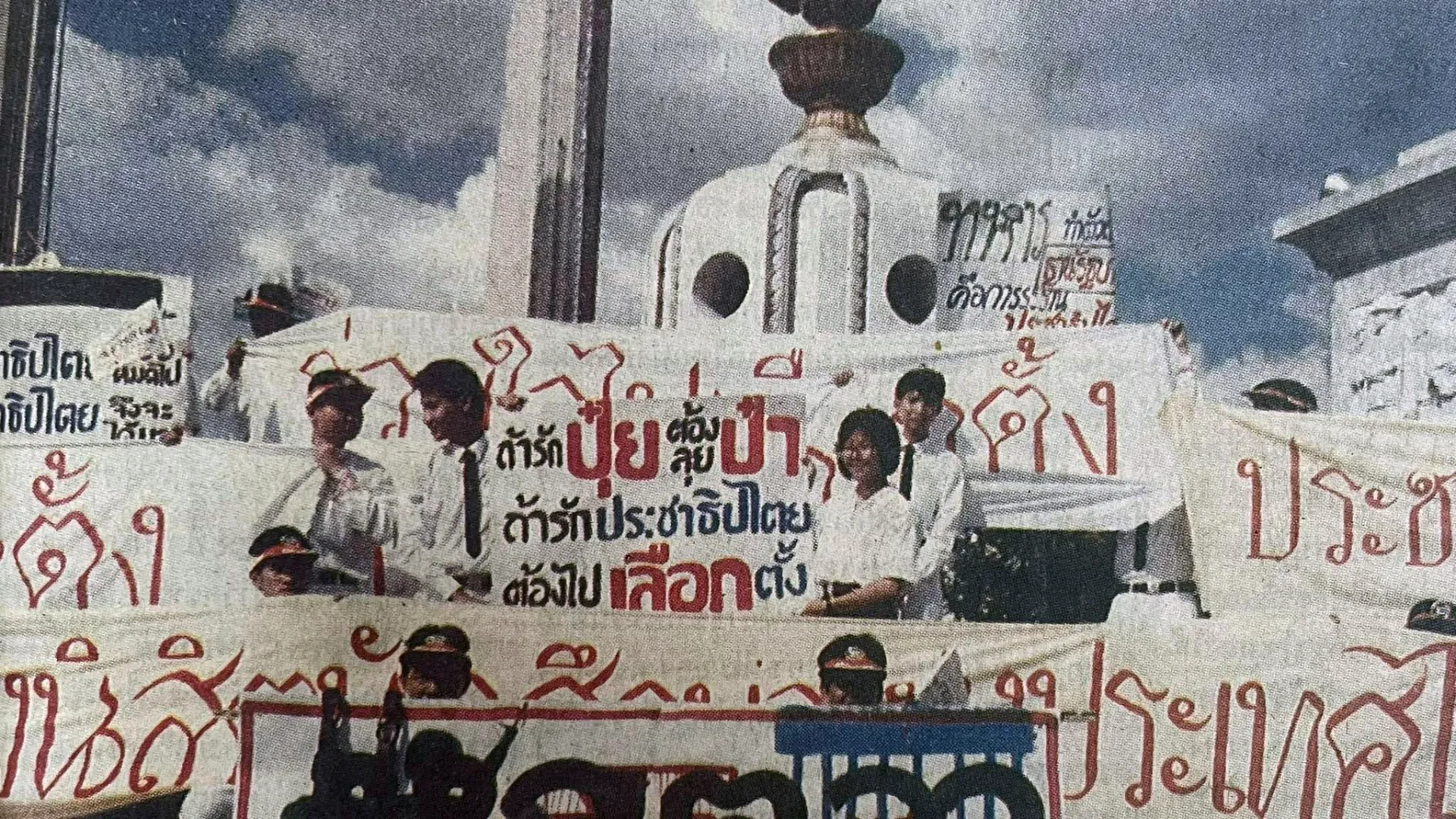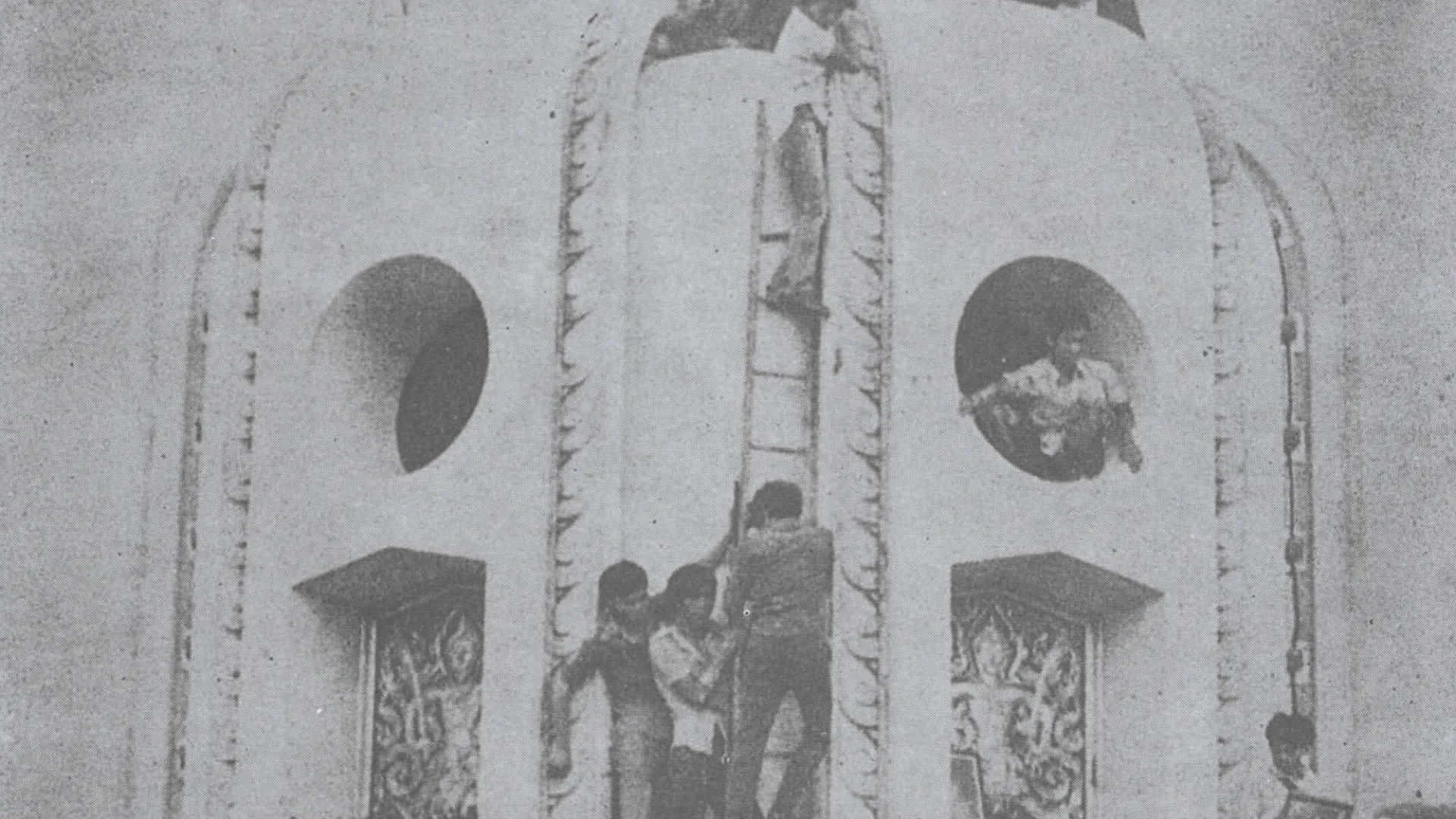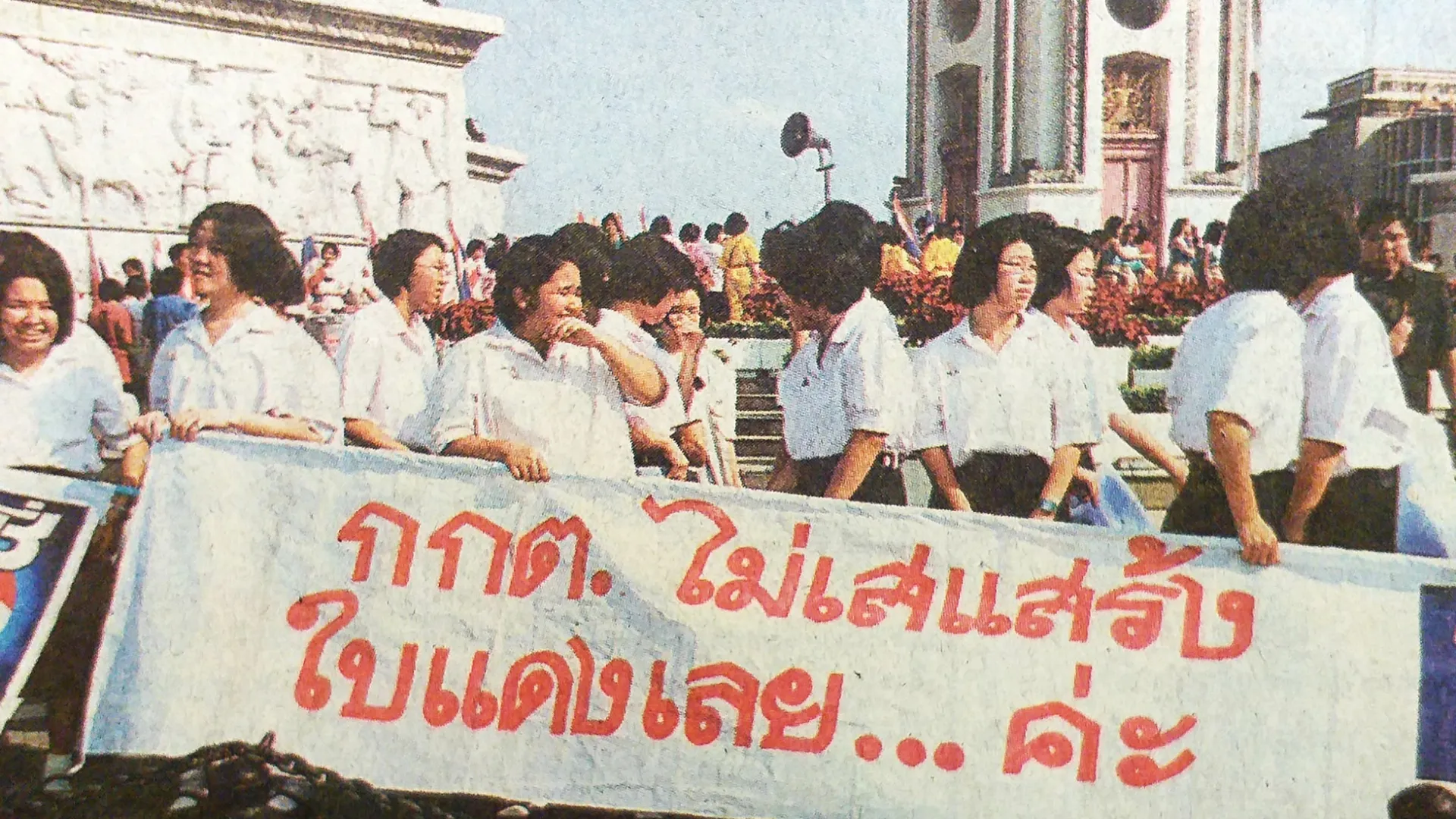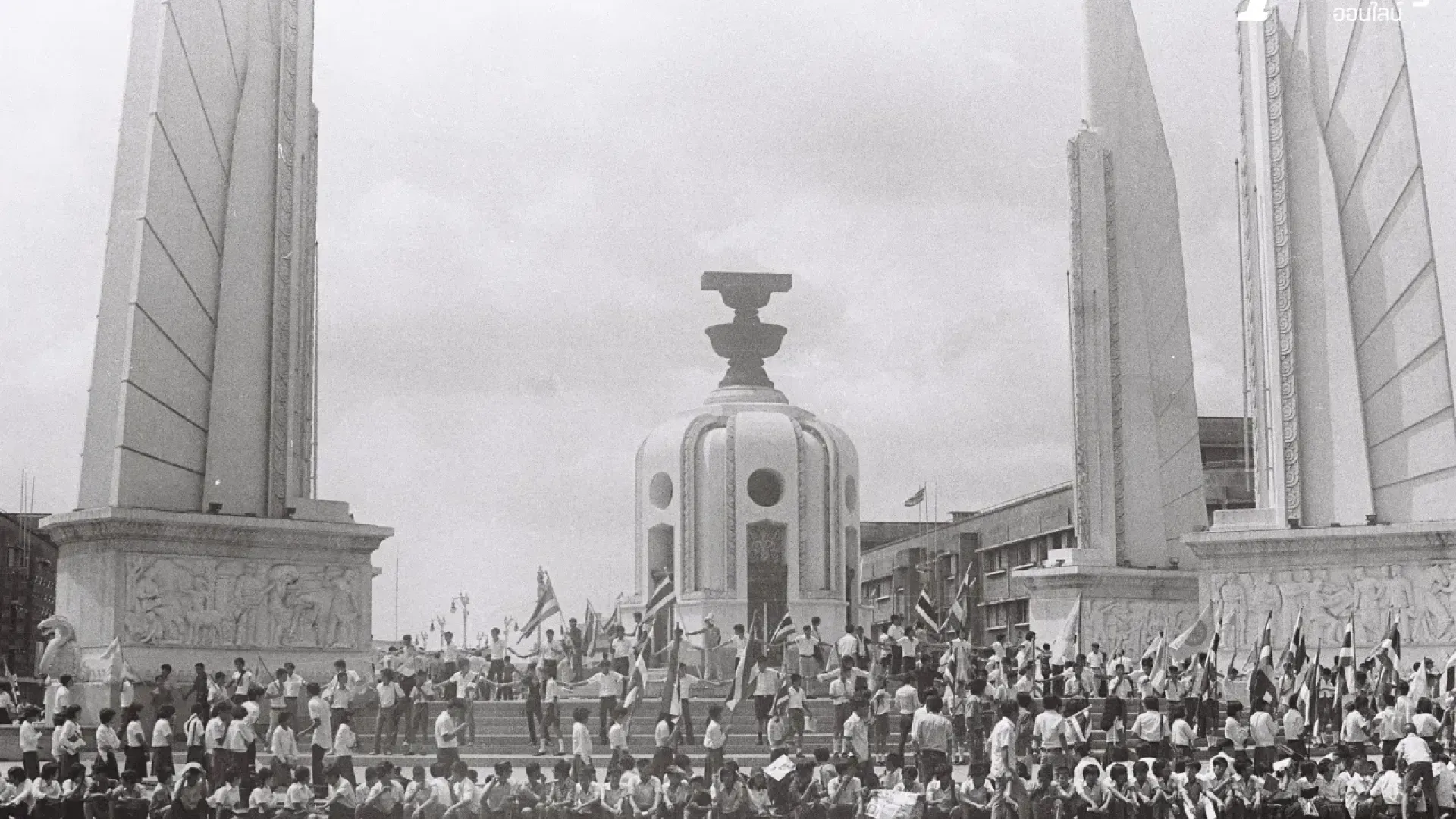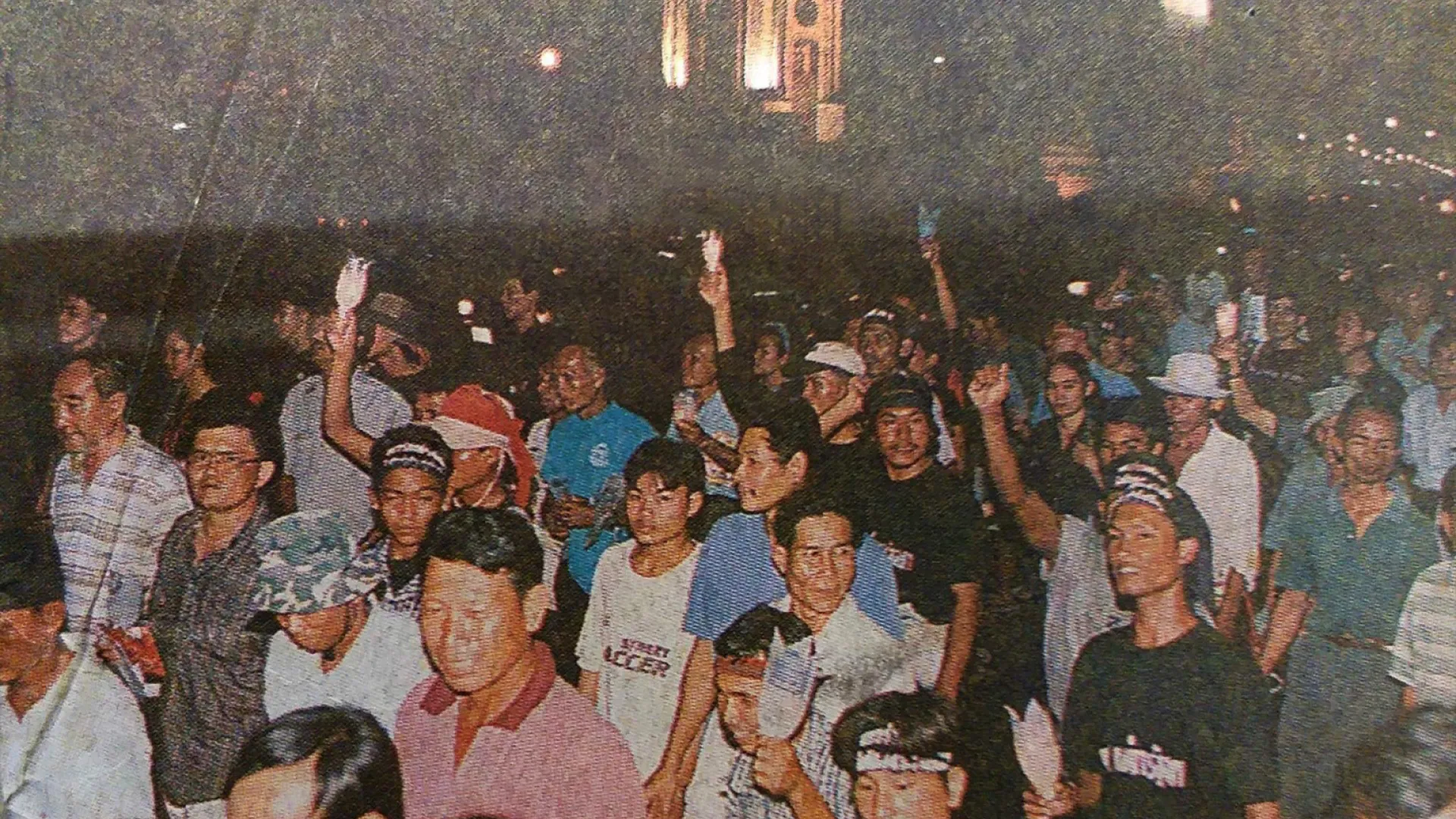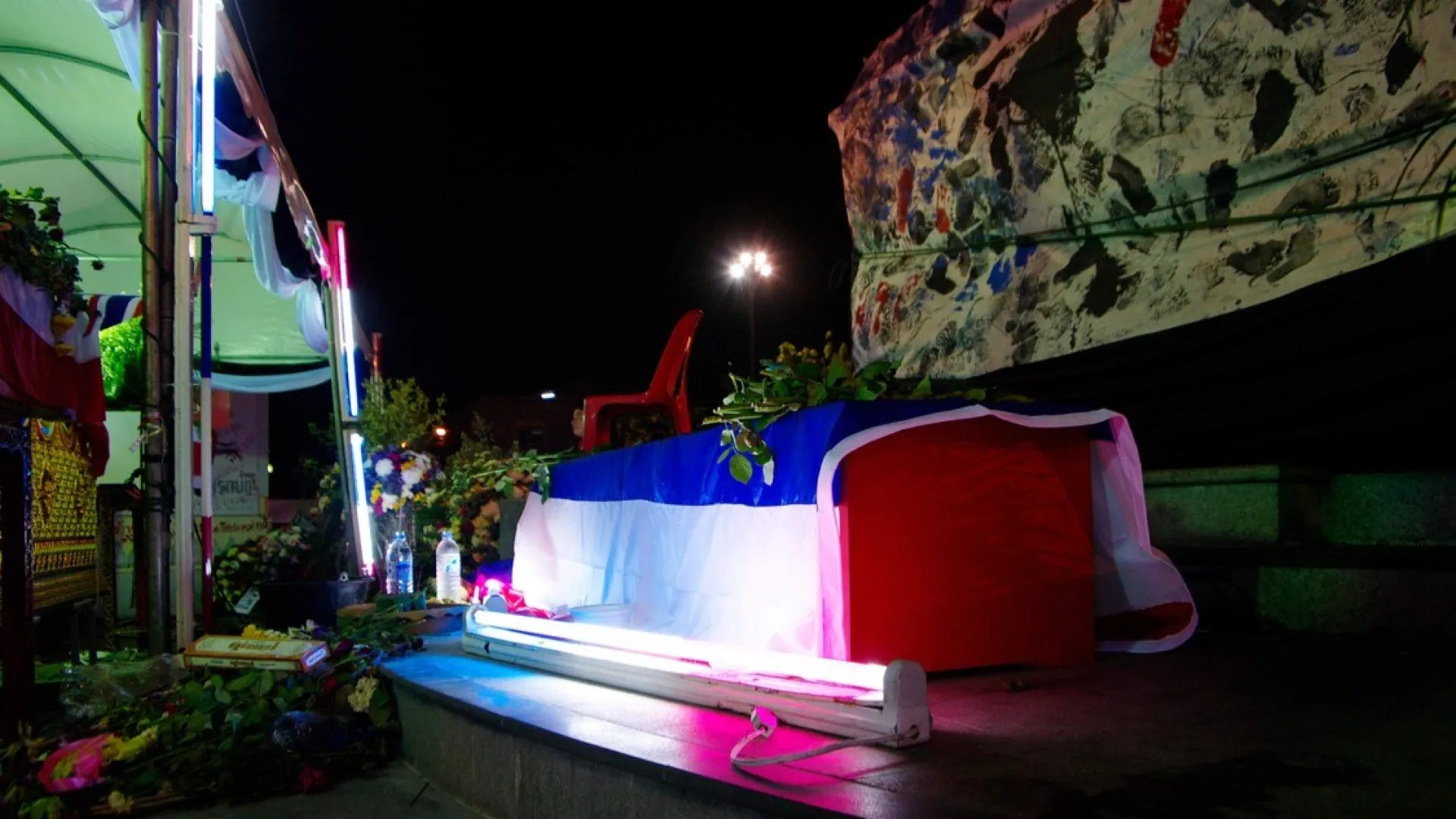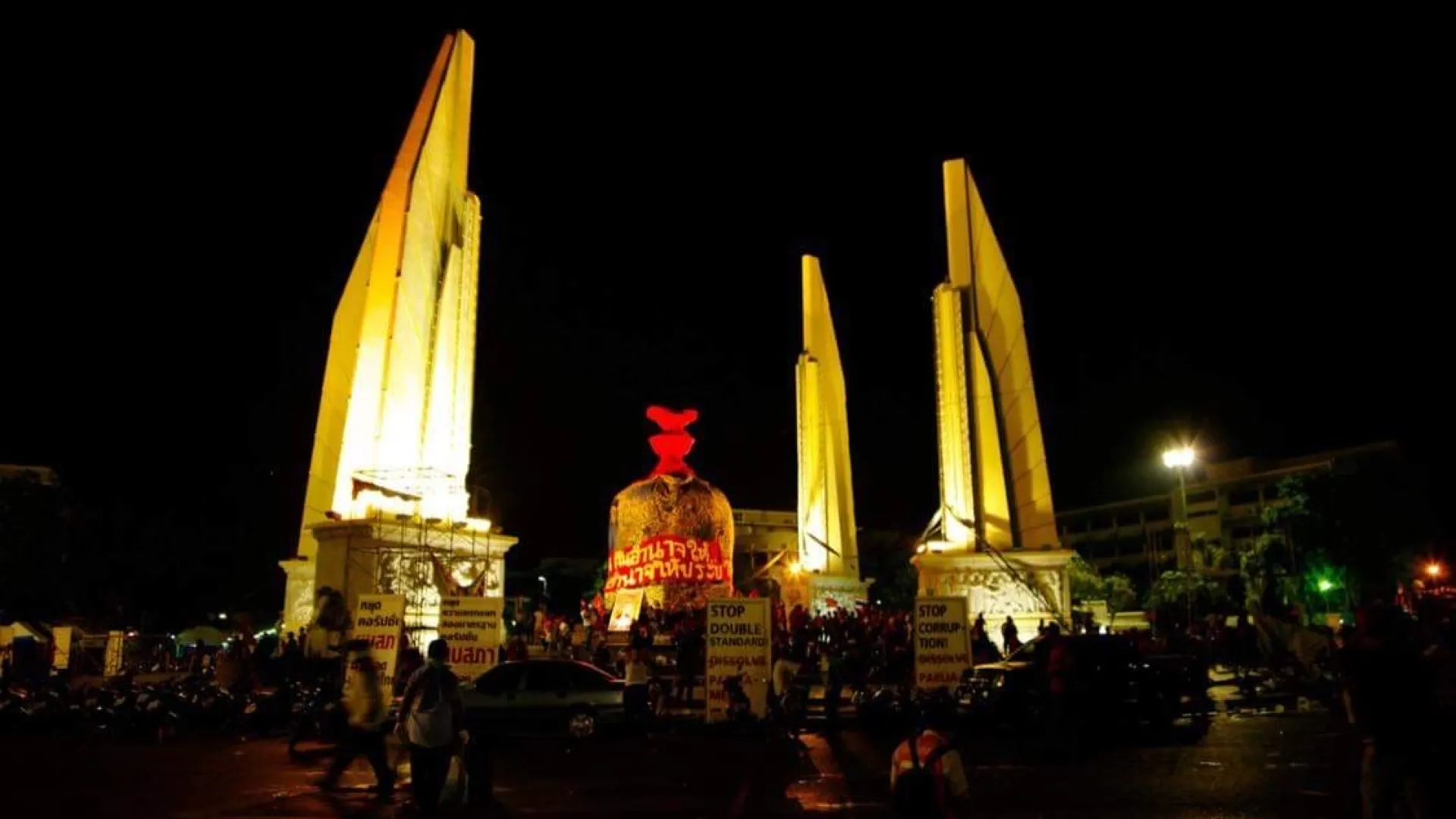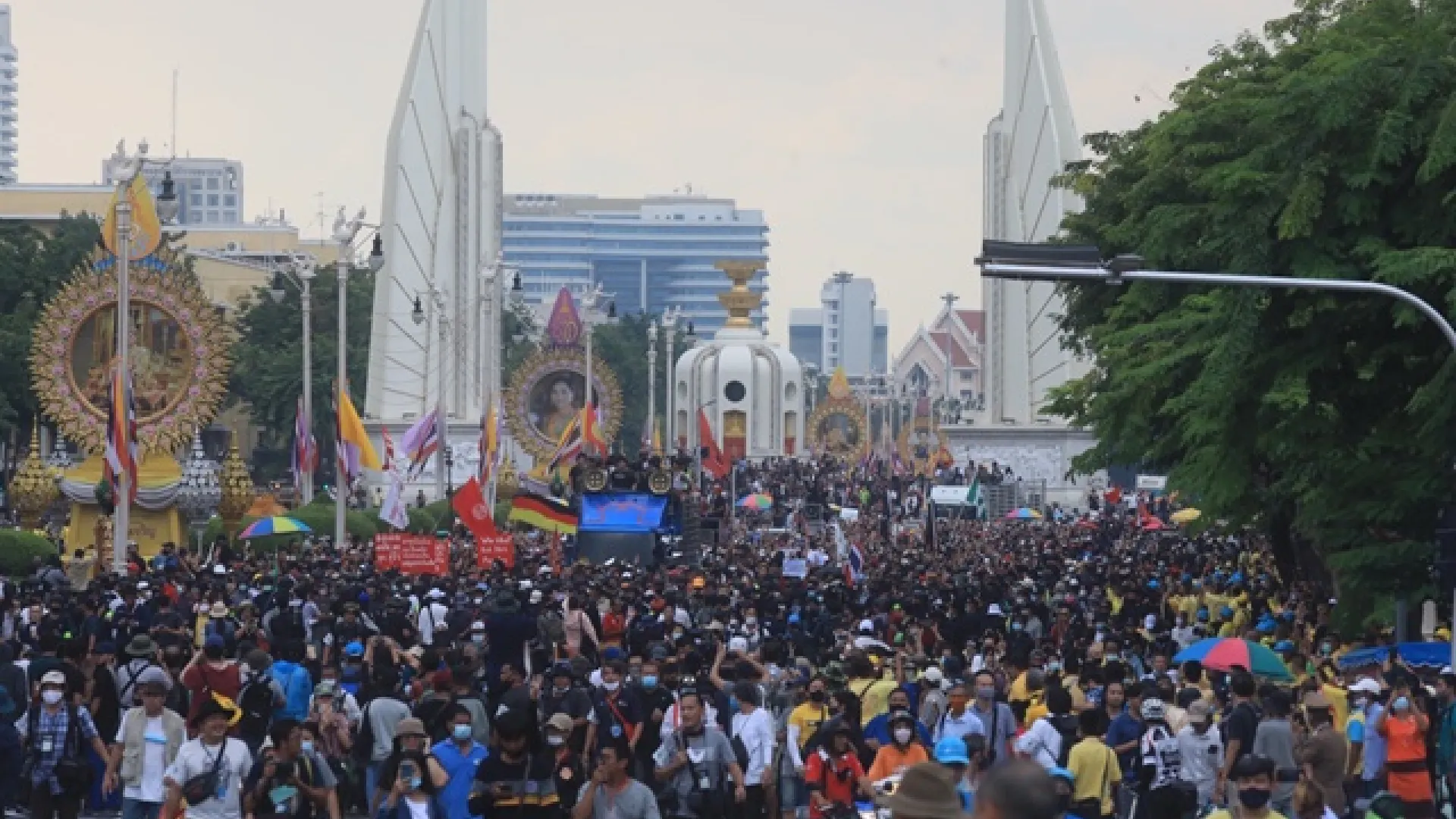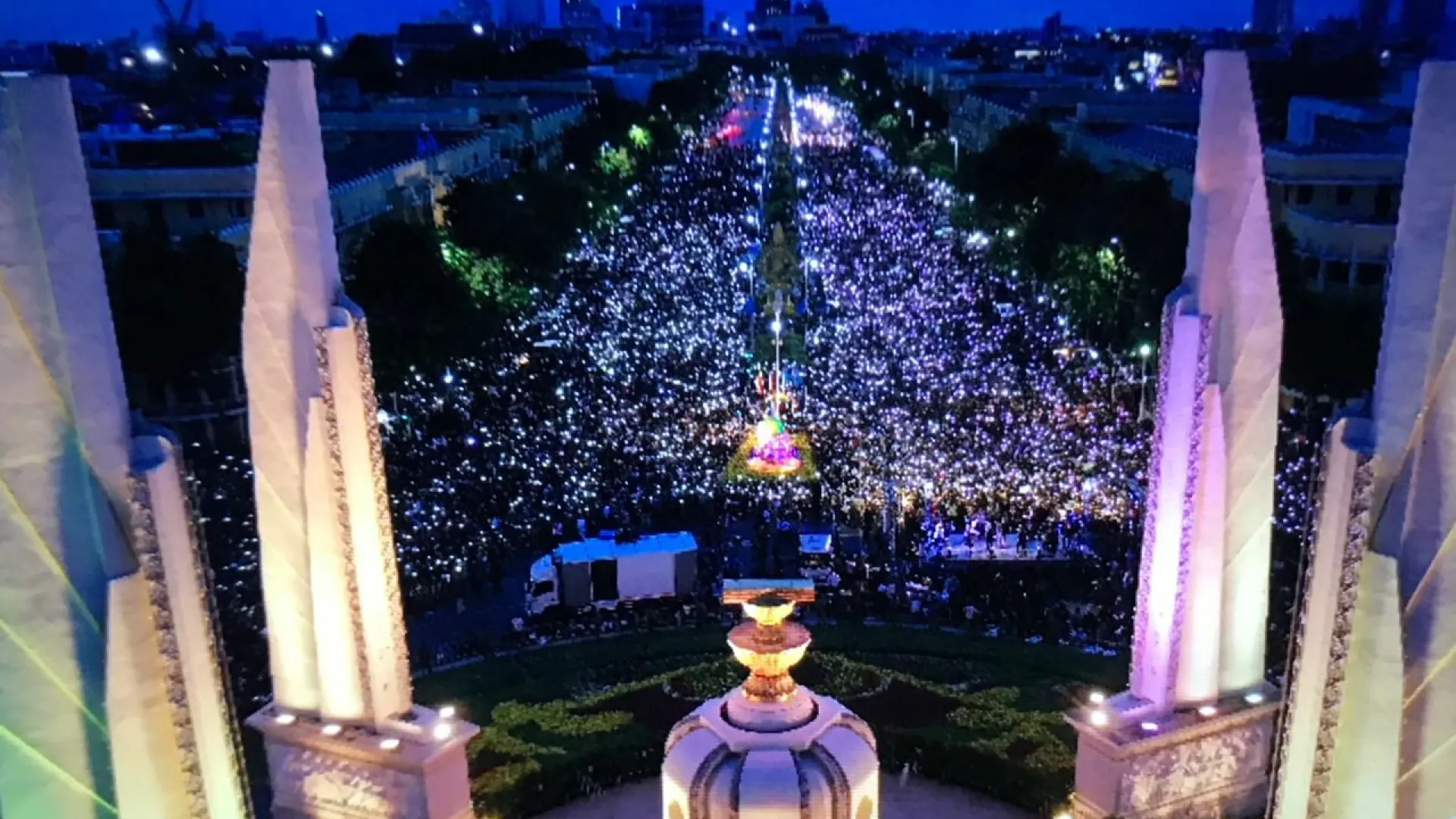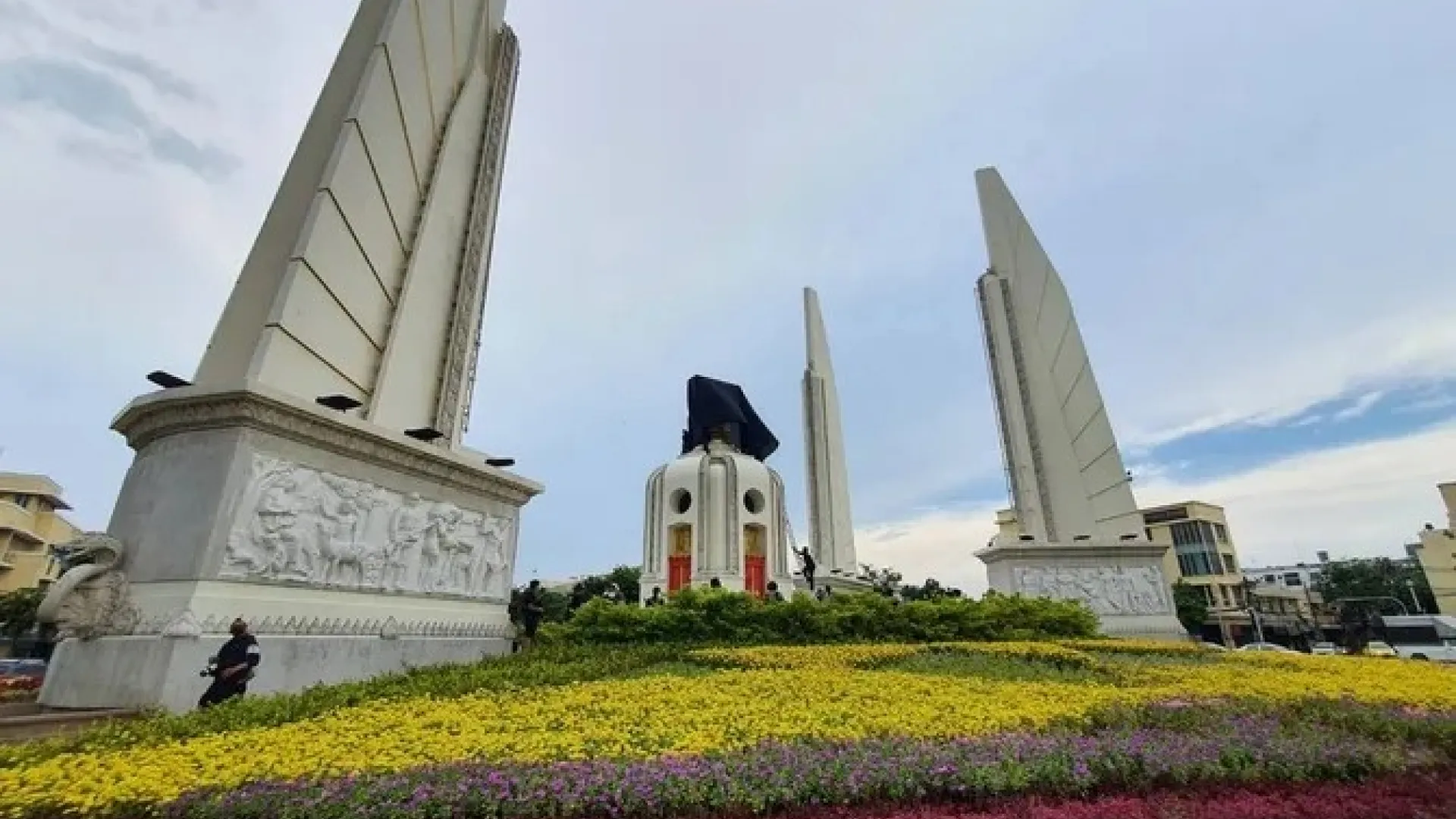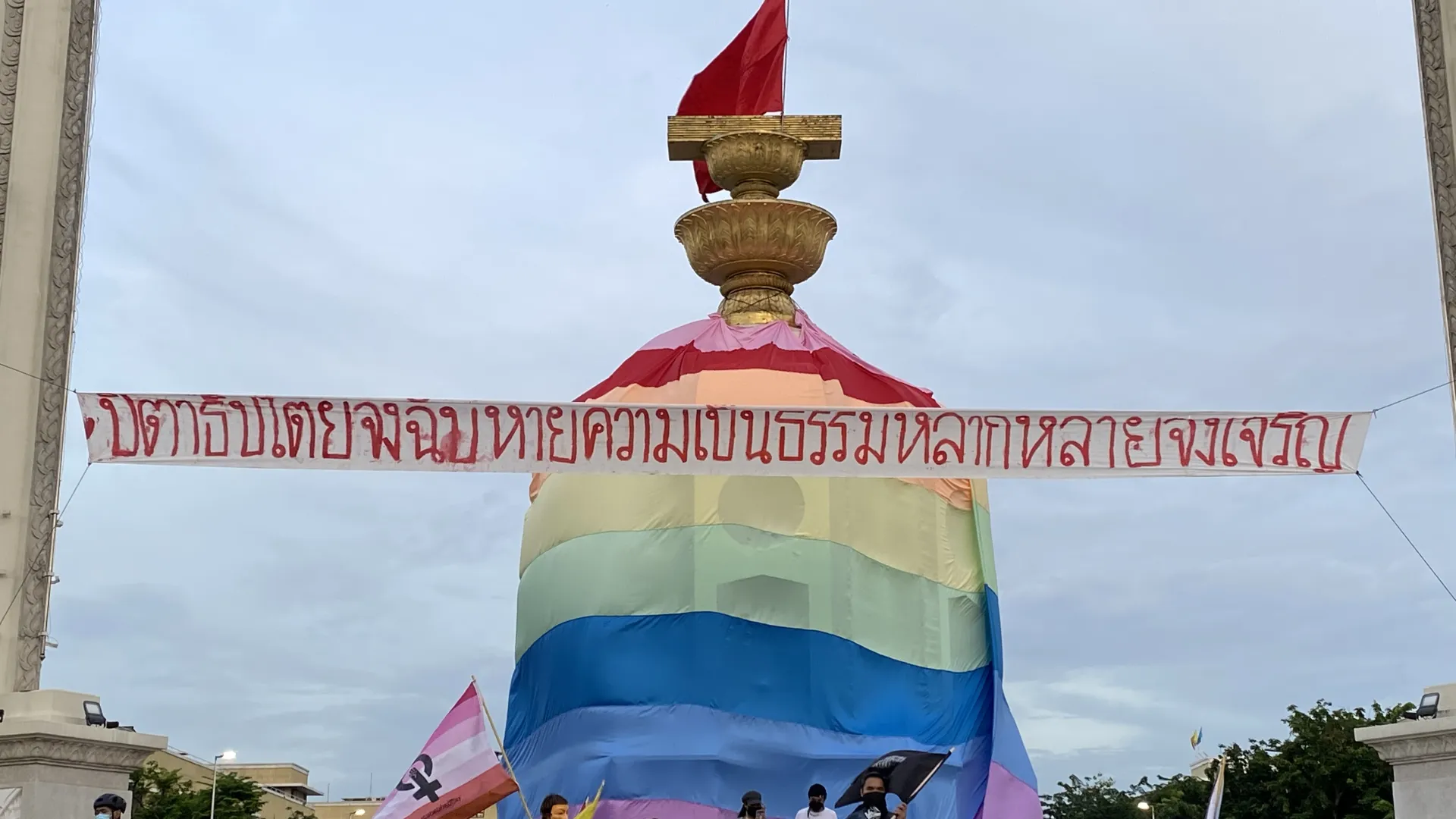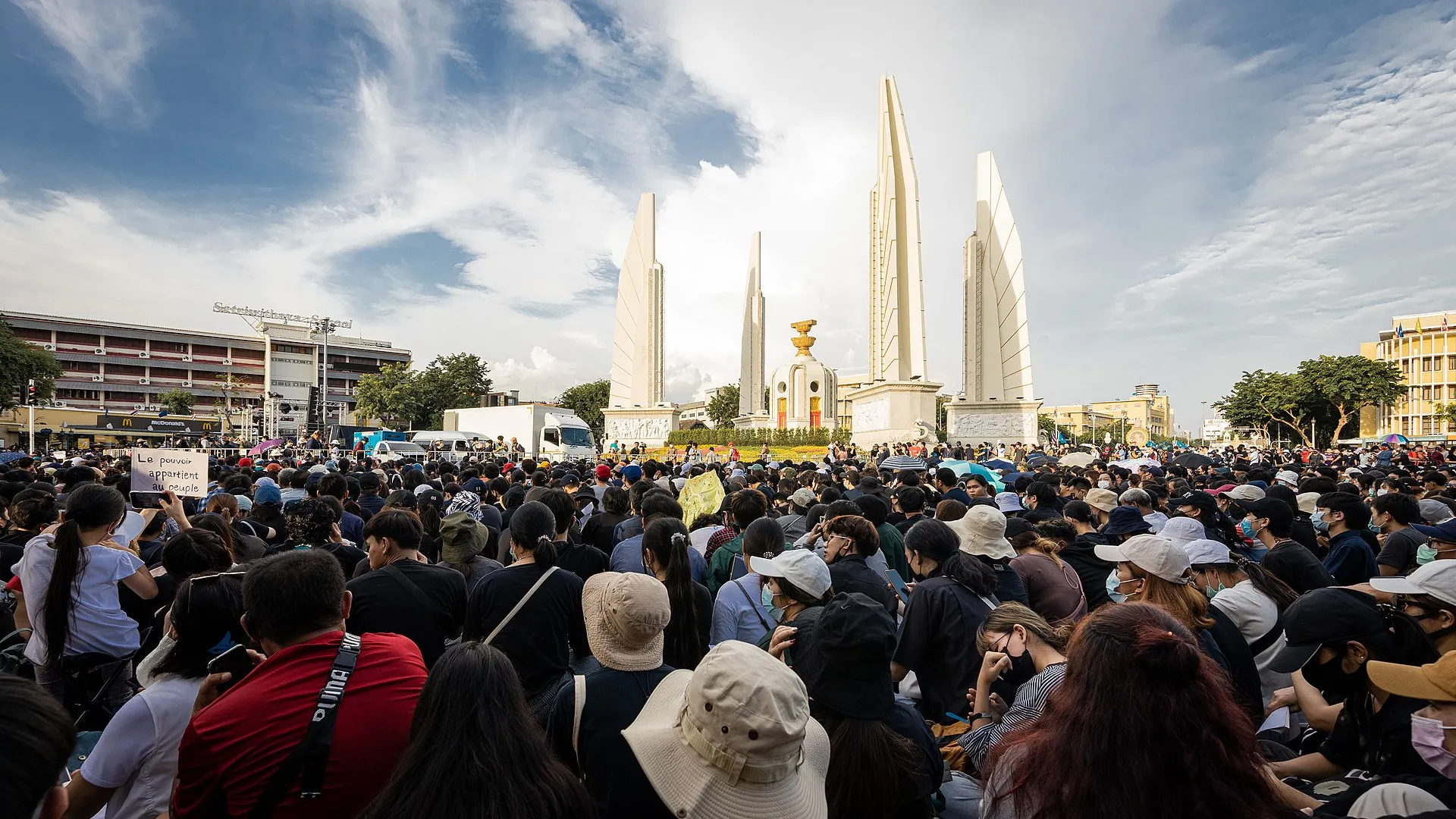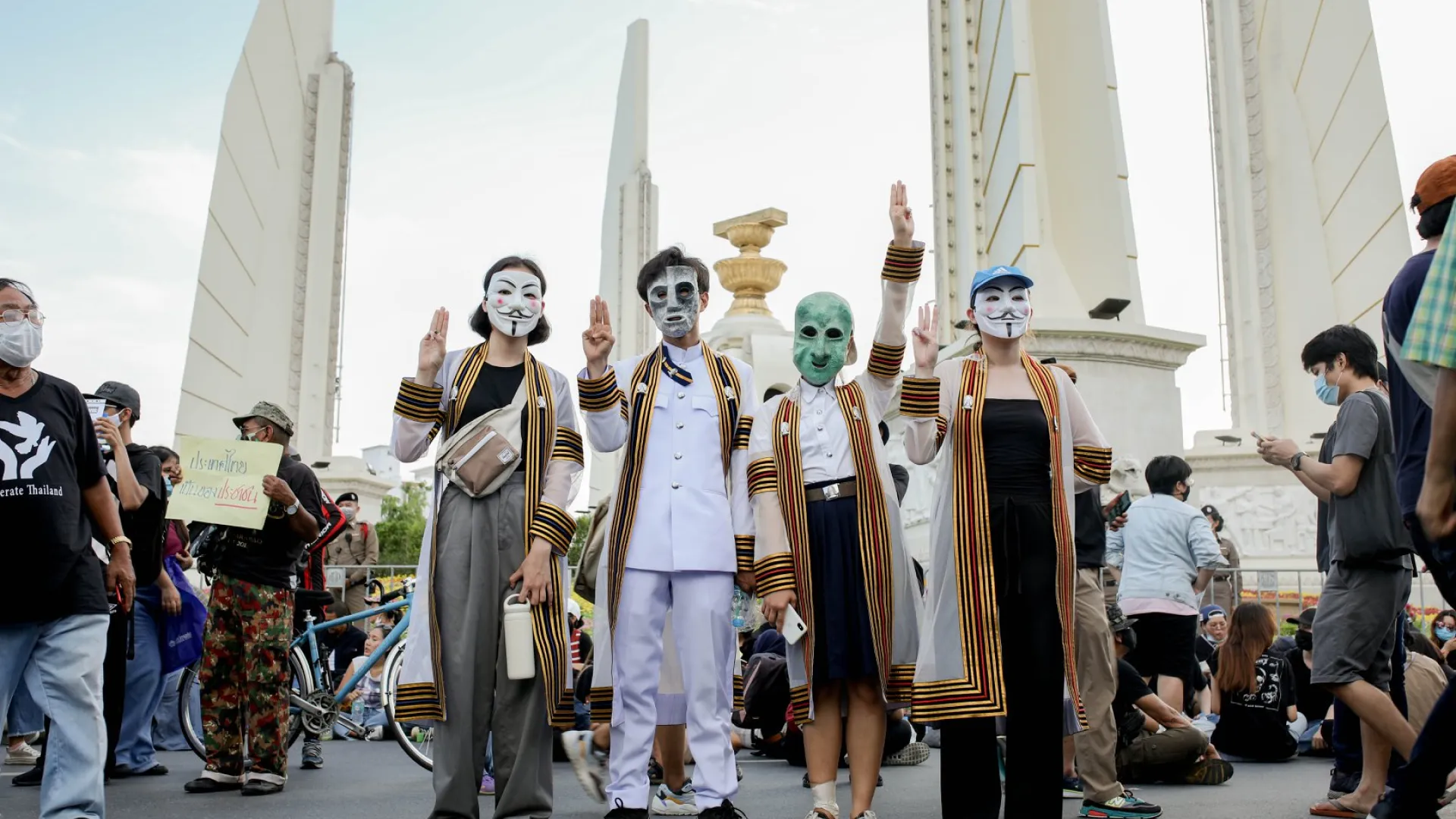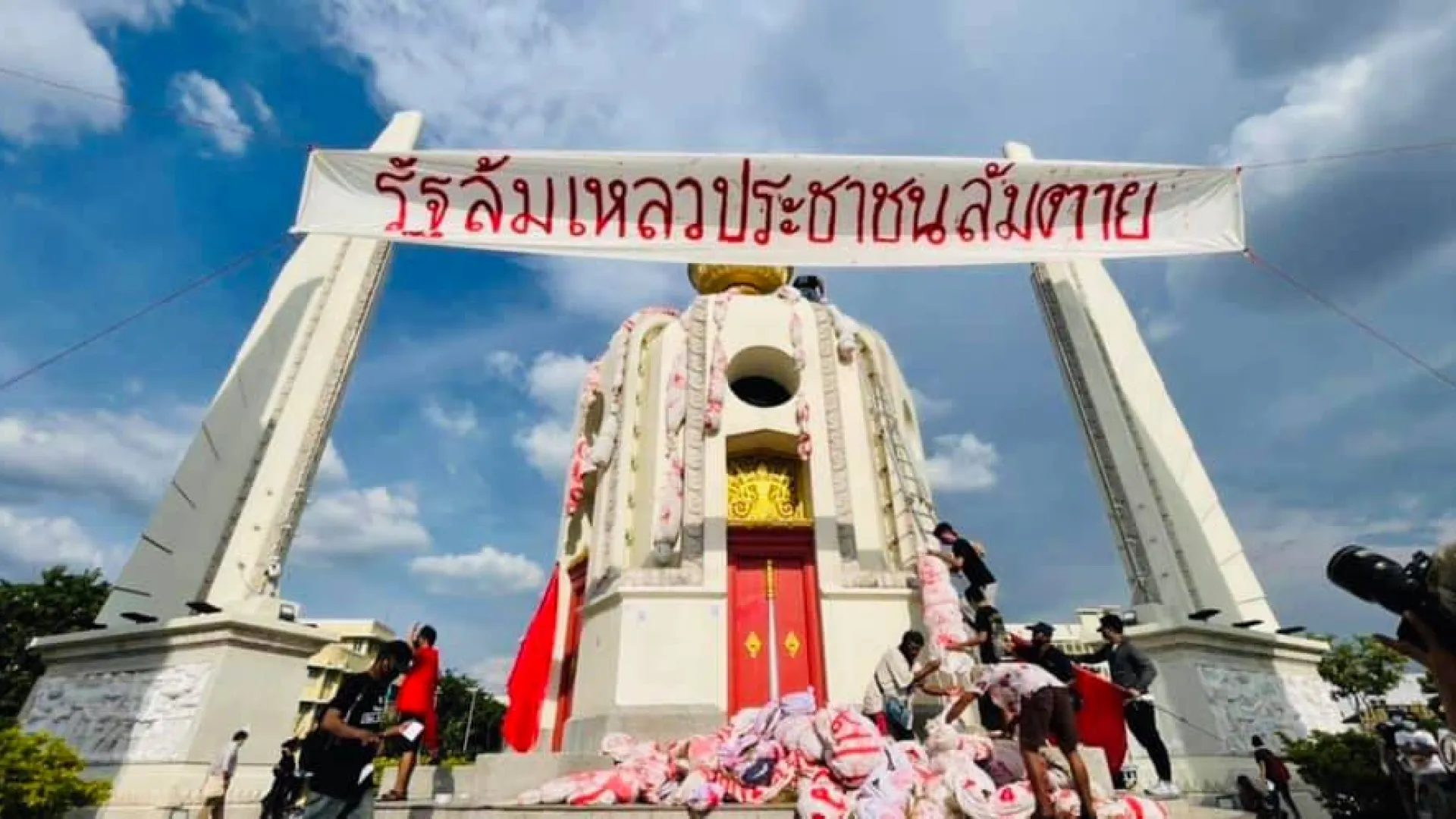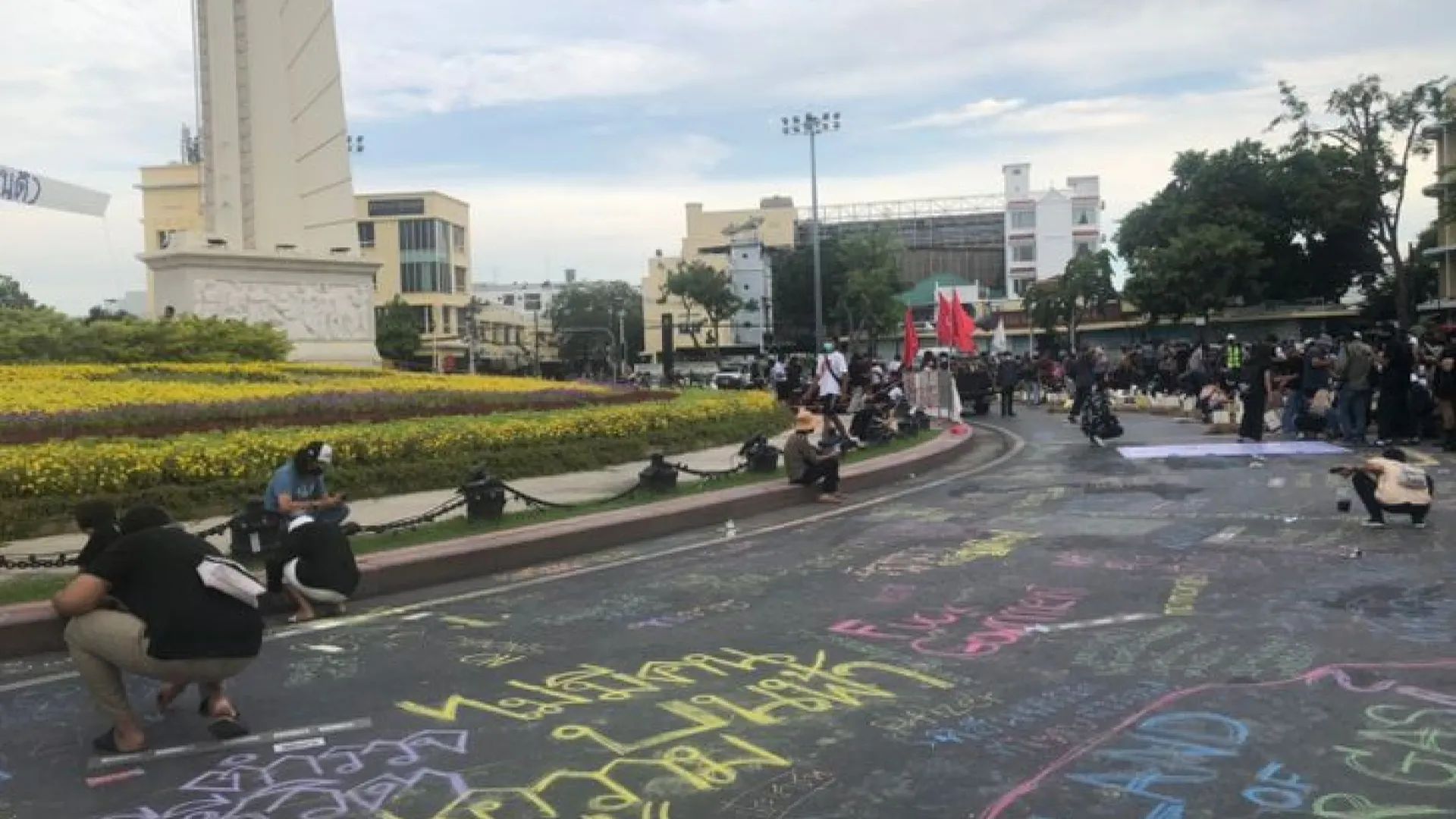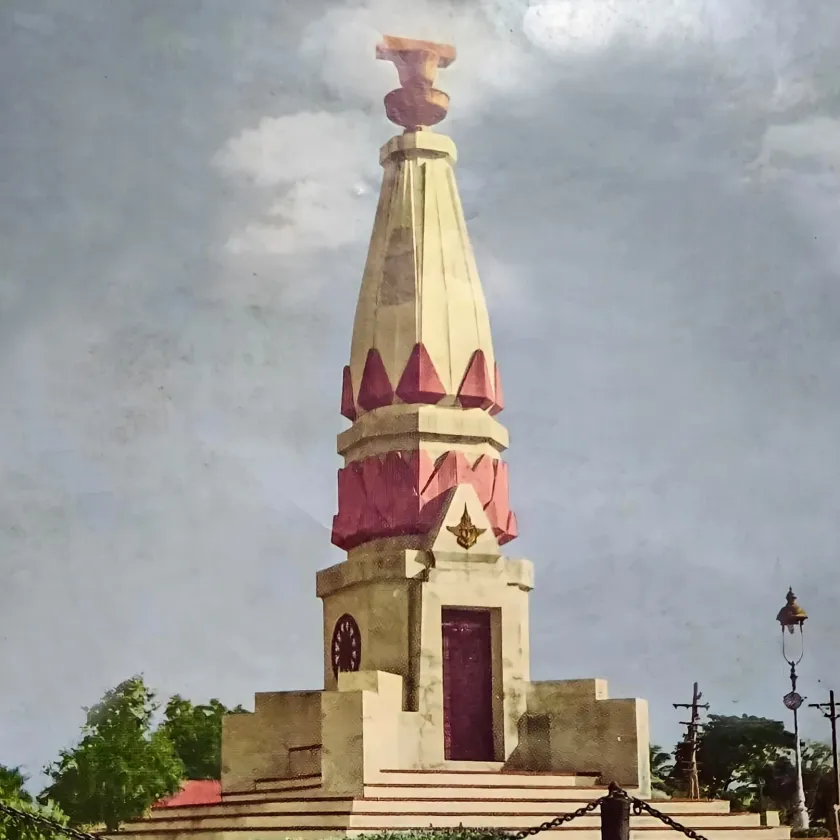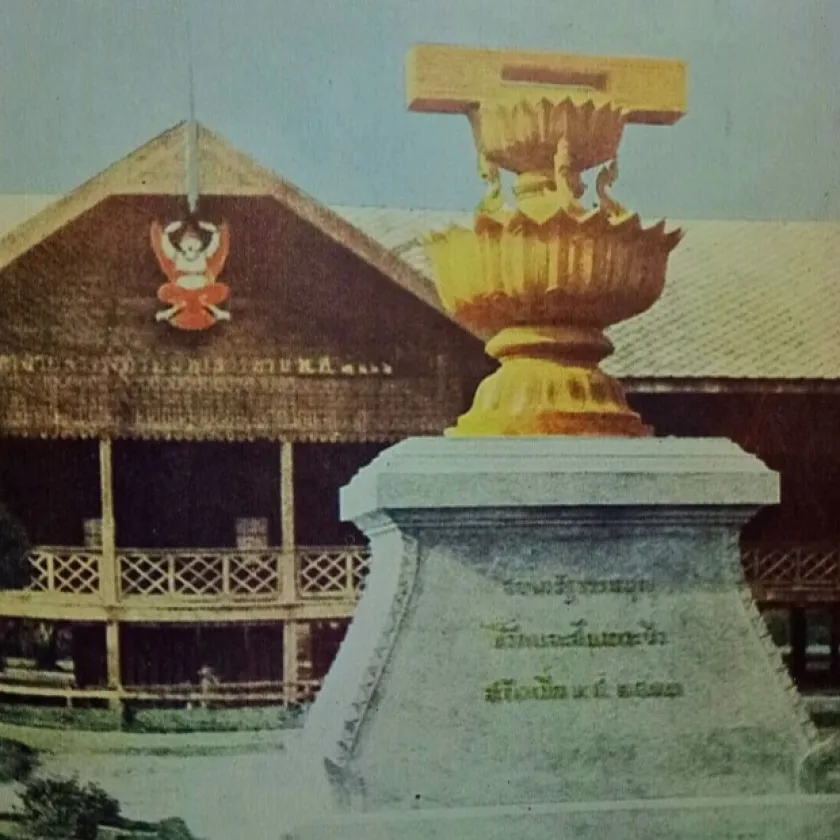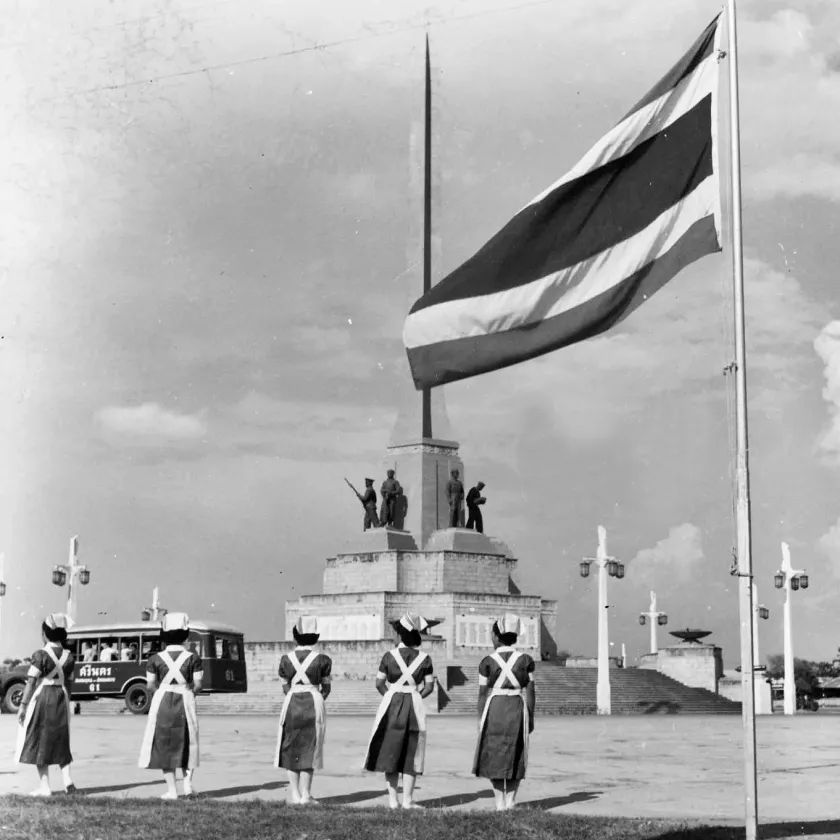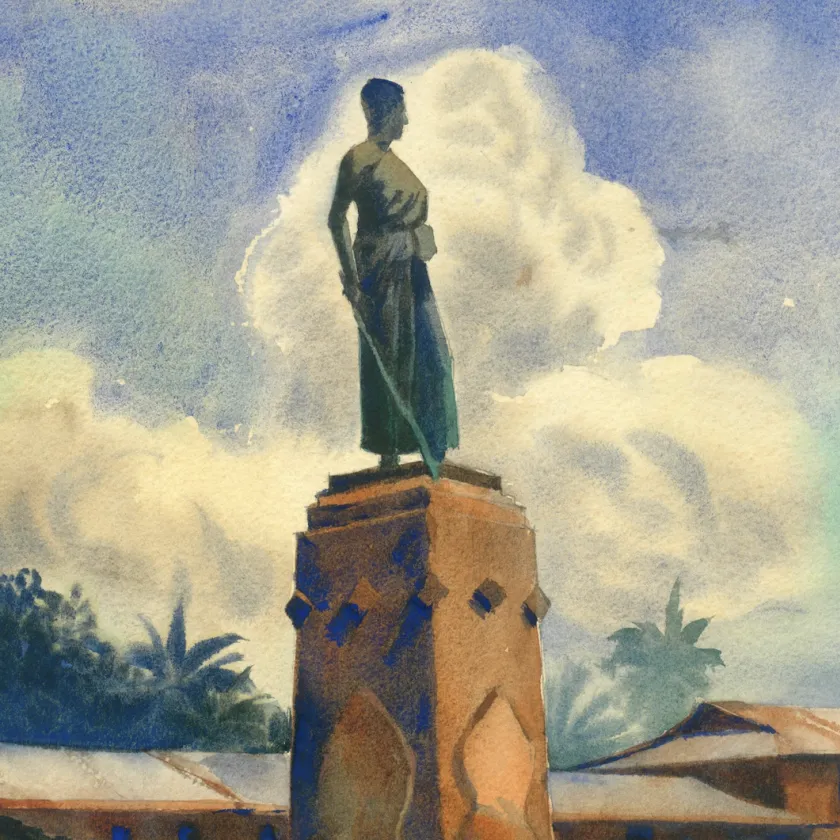Monuments have served as physical embodiments of collective memory, encompassing personal, spatial, temporal, and historical dimensions since ancient times. This tradition continued in the aftermath of the "1932 Revolution" when the People's Party sought to instill a new consciousness of equality, democracy, and the principles of the new regime through various means. The construction of monuments and memorials stood as the most tangible expression of this endeavor. These structures not only served as reminders of the transition to a new system of governance but also challenged the traditional glorification of monarchical heroism prevalent under the old regime. Examples include the Suranari Monument (1933), the first monument to celebrate the achievements of the common people for the first time in Siamese history, as well as the Constitution Protection Monument (1936) commemorated the suppression of the Boworadet Rebellion by the People's Party. In 1939, following the widespread dissemination of the Constitution Plaque symbol through various media, Prime Minister Field Marshal Pibulsongkram initiated the construction of a grand monument to serve as a pedestal for this symbol of democracy. This monument would be erected at the very location that leaders of the old regime had envisioned as the heart of national progress, and would be known as the ‘Democracy Monument’.
The Democracy Monument stands proudly on Ratchadamnoen Avenue, a thoroughfare commissioned by King Rama V in 1899 to serve as the starting point for all roads in the country and a symbol of national progress. Forty years later, Field Marshal Pibulsongkram would imbue this avenue with an entirely new significance. Designed by M.L. Pum Malakul and adorned with sculptures by Silpa Bhirasri, the monument's construction commenced on June 24, 1939, and was completed and inaugurated on the same date the following year. The monument features a bronze casting of the Thai Constitution atop a golden platter, situated on a rounded base with a curved upper section. The elevated platform is encircled by stairs, and four flat fins extend outwards from the base, each adorned with bas-relief sculptures. A low fence encloses the monument plaza, constructed from 75 embedded cannons with their ends protruding skyward. Each element of the monument's design carries symbolic meaning, alluding to the "day the regime changed," June 24, 1932. The monument's radius and the height of its four wings, measuring 24 meters, correspond to the date of the revolution. The 75 cannons represent the year 1932 (B.E. 2475), while the six doors and six swords depicted on the central pedestal symbolize the Six Principles of the People's Party. Above the doors, the figure of ‘Arun Thepbut’ (the god of dawn) represents the "first light of dawn," a metaphor for the advent of democracy in Thailand. The 3-meter-high Constitution Plaque signifies June (then considered the third month of the year, with April being first), and the bas-reliefs around the monument's base narrate the history of the People's Party's struggle for democracy and progress. It can be said that the monument is the first and only modern monument in Thailand, with the rationales and symbolism behind each aspect of its design meticulously recorded.
Beyond its initial symbolism as a beacon of democracy, the Democracy Monument has also come to represent the ongoing struggle for equality, justice, and freedom for the Thai people. The surrounding area on Ratchadamnoen Road has frequently served as a stage for rallies demanding freedom and equality, beginning with the first gathering on October 8, 1940, when students and citizens assembled to support the government’s campaign to reclaim contested territories in French Indochina following the crisis of 1893. Subsequent gatherings included the victory parade over Indochina the following year, the Free Thai Victory Parade after World War II in 1945, and the historic events of October 14, 1973, October 6, 1976, Black May, the 2010 political crisis, and the pro-democracy movement of 2020-2021. In this sense, the Democracy Monument has become a repository of collective memory, encompassing Thailand's modern political history from its inception to the present day.
Photographs
Period 1 The Birth of Khana Ratsadon Objects1932-1947
Period 2 The Forgotten People's Party1947-2006
Period 3 The Second Rebirth of Khana Ratsadon2006-2014
Period 4 The Third Rebirth of Khana Ratsadon2014-Present
Video Clips
Coordinates
ถนนราชดำเนินกลาง
